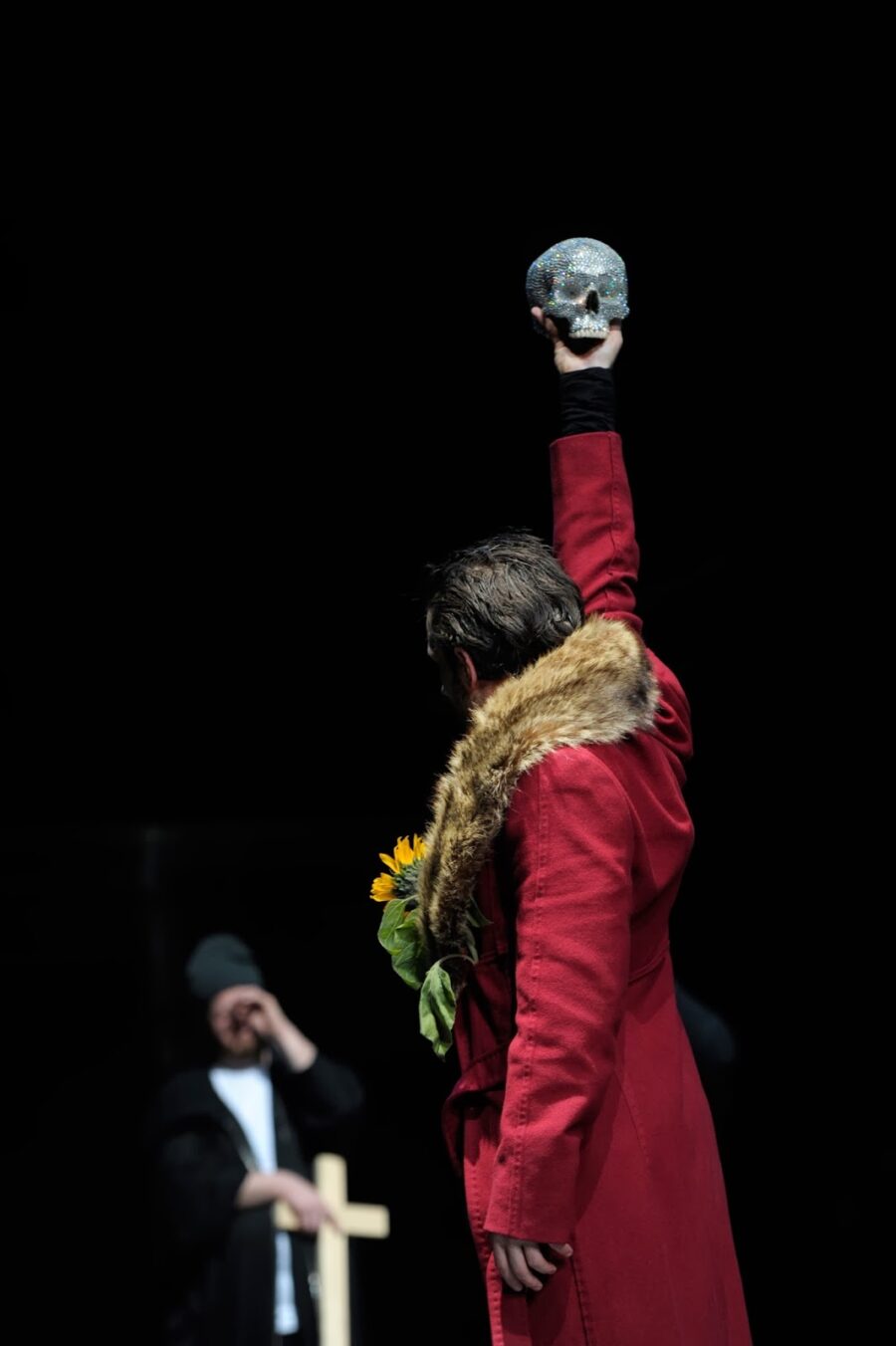Apr 4, 2014 - Jun 22, 2014
Hamlet
Tell My Story

Joint exhibition project of the Düsseldorf Theatre Museum and the German Theatre Museum Munich for the Shakespeare Year.
William Shakespeare's "Hamlet" has retained its fascination and relevance for theater makers and audiences for over 400 years. It is undoubtedly the most performed play in world literature. At its core is the human experience and relationships, but it is also a play about theater itself.
The exhibition, marking the 450th birthday of William Shakespeare, will be presented in Munich and then in Düsseldorf. It is based on years of preliminary work by the Düsseldorf Theatre Museum and traces Hamlet's influence throughout the development of German theater.
Hamlet is a dream role, but also a traumatic one, for many significant actors. The list of lead performers resembles a "Who's Who" of theater, yet also includes surprises when directors (both German and international guests) cast the role in unconventional ways. Famous performers such as Johann Brockmann, Josef Kainz, Alexander Moissi, Gustaf Gründgens, and more recently Ulrich Wildgruber, Klaus Maria Brandauer, Ulrich Tukur, and Lars Eidinger illustrate the complexity and myriad interpretations of the play and its titular character.
Beyond the theater, Hamlet has become a metaphor and a media symbol. Adaptations, film versions, comics, mangas, and even picture books convey the image of the Danish prince to audiences everywhere, showcasing the enduring power of the theater myth.
When Hamlet was first performed in London in 1602, London was already a theatrical metropolis. English actors brought the play to the European continent, marking the beginning of professional German theater.
The way theater has become a seismograph of its time—reflecting a world "out of joint" after Hamlet—is evident in the diverse interpretations (with 90 known German translations) and directorial approaches from the 18th century to the present.
Current productions by Leander Haussmann, Volker Lösch, Jan Klata, or Luc Perceval are contrasted with insights from productions during the Goethe era or directorial works by Max Reinhardt, Gustaf Gründgens, Karl Heinz Stroux, Peter Zadek, Hans Günther Heyme, and Jürgen Gosch, making artistic decision-making processes tangible and comprehensible.
The play offers an opportunity to explore theater and the roles we all play, and engaging with the artistic tools of theater contributes significantly to the cultural education of current and future theatergoers.









